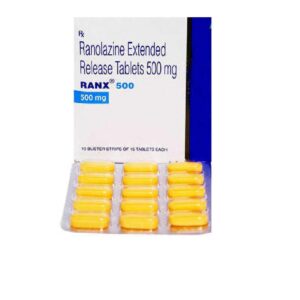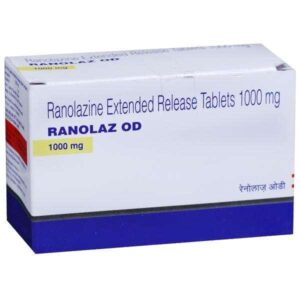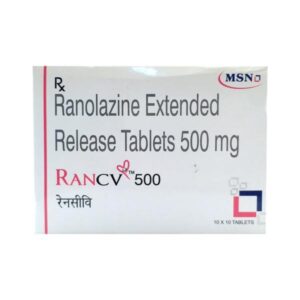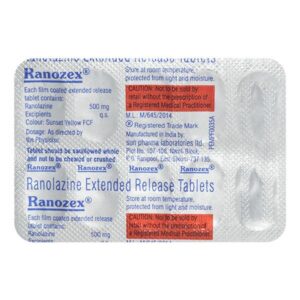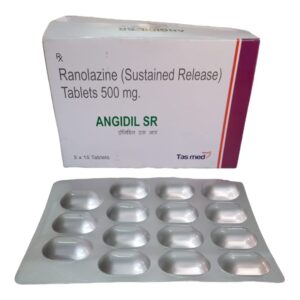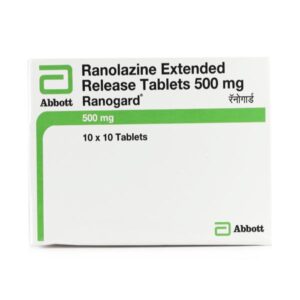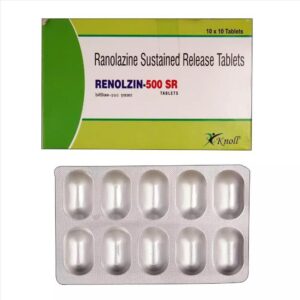RANOLAZINE EXTENDED RELEASE
RANOLAZINE EXTENDED RELEASE: Ranolazine extended release is a medication used to treat chronic angina, a condition characterized by chest pain or discomfort due to reduced blood flow to the heart. It belongs to a class of drugs called anti-anginals.
The mechanism of action of ranolazine is not fully understood. However, it is thought to work by reducing the excessive sodium influx into the heart muscle cells during ischemia (reduced blood flow). This helps to prevent the accumulation of lactic acid and stabilize the cardiac electrical activity, leading to a reduction in angina symptoms.
Ranolazine extended release is typically taken orally twice daily, with or without food. The exact dose will depend on the individual patient and their response to the medication. It is important to follow the dosing instructions provided by the healthcare professional.
Common side effects of ranolazine extended release may include dizziness, headache, constipation, nausea, weakness, and stomach pain. Less common but potentially serious side effects may include QT prolongation (a heart rhythm abnormality), liver problems, and allergic reactions. It is important to report any concerning or persistent side effects to a doctor.
As with any medication, it is essential to discuss all medical conditions, allergies, and current medications with a healthcare professional before starting ranolazine extended release to ensure its safe and effective use.

